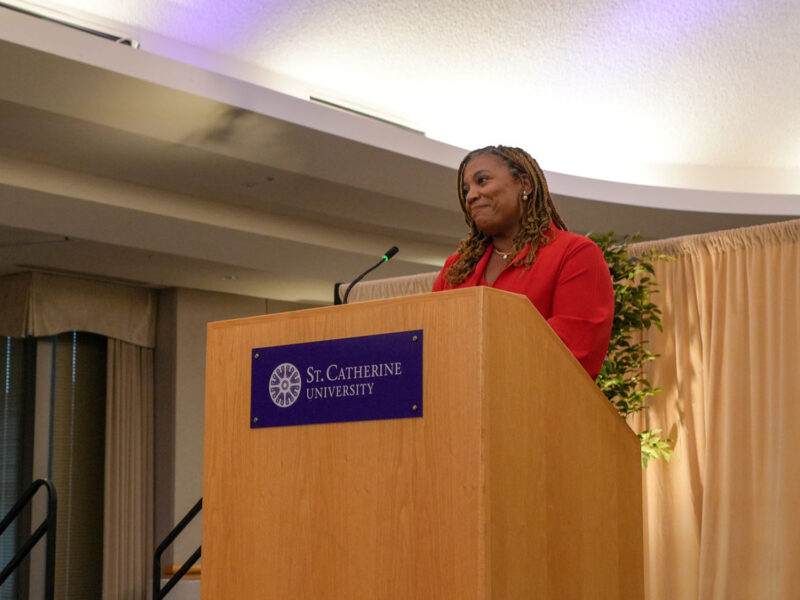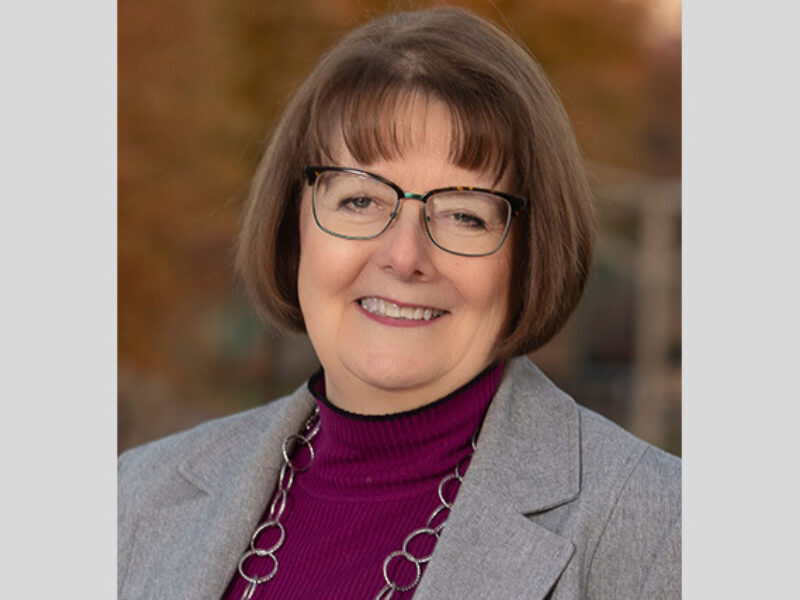Now is the time to talk to your clients about options related to required minimum distribution taxation with a qualified charitable distribution.

By Jeremy Wells, Senior Vice President of Philanthropic Services
With the fourth quarter right around the corner, many of your clients may be calculating required minimum distribution payments for 2023.
In this article, I will cover tips for your clients who are retired or plan to retire soon, specifically focusing on the options related to required minimum distribution taxation with a qualified charitable distribution.
The truth is many retirees don’t need their required minimum distributions (RMDs).
They live comfortably on other sources of income, such as pensions and social security. Many choose to live on sources of income with lower tax rates and defer utilizing their RMDs until absolutely necessary.
Some of your clients have probably experienced RMDs in the six and seven-digit range.
The only way to completely avoid this additional income and its associated tax is to donate it to a nonprofit in the form of a qualified charitable distribution (QCD).
As you prepare to talk to your clients about their RMDs for 2023, here is some food for thought around QCDs to help you prepare for that conversation and present them with tax-wise options.
Things to Know About QCDs
A Qualified Charitable Distribution can only be made from an Individual Retirement Account (IRA)
The 401(k) and 403(b) accounts are not eligible, but someone could easily transfer money from one of those types of accounts into an IRA and then make their QCD.
The minimum age to make a Qualified Charitable Distribution is still 70.5
Don’t wait until your clients reach RMD age to start talking about QCDs. Make sure that they know about the option and the financial benefits. Many retirees are using their IRAs to make their annual gifts — and that allows them to make much larger gifts than they could afford to give from their checking or savings accounts.
The maximum QCD amount is $100,000 per individual
However, that amount will now be indexed for inflation.
QCD gifts aren’t tax-deductible but do count toward the RMD and prevent that extra taxable income
This is often better than a charitable income tax deduction. Social Security Income tax and Medicare premiums are based on Adjusted Gross Income (AGI). Charitable income tax deductions do not reduce AGI.
The SECURE Act 2.0 made one significant change to the Qualified Charitable Distribution rules
A QCD can now be used to fund a charitable gift annuity (CGA) or charitable remainder trust (CRT). Here is some fine print that you’ll want to know:
- QCDs are limited to one $50,000 qualified distribution to a CGA or CRT per lifetime.
- Income beneficiaries of the CGA or CRT are limited to the donor OR the donor and their spouse.
- All distributions from the CGA or CRT will be taxed as ordinary income.
- Payments from the CGA or CRT must begin within one year.
- The CGA or CRT cannot accept gifts of other assets.
- The CGA or CRT cannot flow into a donor advised fund.
These restrictions mean that it is more likely that someone would want to use a QCD to create a charitable gift annuity, but probably not a charitable remainder trust. Charitable remainder trusts are more complex to administer than gift annuities, and thus they come with higher administrative expenses and higher minimum balance requirements.
Read about other provisions related to QCDs in the SECURE ACT 2.0 law.
This is the time to talk about QCDs
The opportunities for qualified charitable distributions have expanded a bit, which gives us the opportunity to communicate something new with clients. This is the time of year to start talking about QCDs. It gives clients time to contemplate their options and take action before the end of the year.
It is very important not to wait until year-end to request a QCD. They take a little time to process, and must be completed before year-end to count toward a 2023 RMD.
Every IRA administrator has their own processes for facilitating a QCD, but they will all need the following basic information.
- Nonprofit’s legal name
- Nonprofit’s Federal Tax ID Number
- Nonprofit’s legal mailing address
Lastly, it is very important to remember that QCDs cannot be made into a donor advised fund. They can be made directly to operating nonprofit organizations or to other funds through a community foundation such as:
- Designated funds
- Field of Interest funds
- Unrestricted funds
Partner with Us
Often your clients are looking for ways to impact their community. One of the ways you can support them is by working with a community foundation such as the Saint Paul & Minnesota Foundation to help them carry out their giving goals.
Please contact a member of our Philanthropic Services team to discuss QCD giving options for your clients. Call us at 651.224.5463 or email us at philanthropy@spmcf.org.
The Saint Paul & Minnesota Foundation does not provide tax, legal or accounting advice. Please consult your own tax, legal and accounting advisors regarding your individual situation before engaging in any transaction.
Jeremy R. Wells serves as senior vice president of Philanthropic Services at the Saint Paul & Minnesota Foundation, Minnesota’s largest community foundation. In this role, Jeremy serves as the chief fundraising and donor stewardship strategist. Jeremy has spent his entire career working in philanthropy. He holds both a master’s degree in philanthropy & development and his CFRE certification. Jeremy is an adjunct faculty member at the University of St. Thomas and is a frequently requested speaker and author on a variety of philanthropic topics, including development planning, utilizing volunteers, donor engagement, stewardship, ethics and charitable gift planning.









